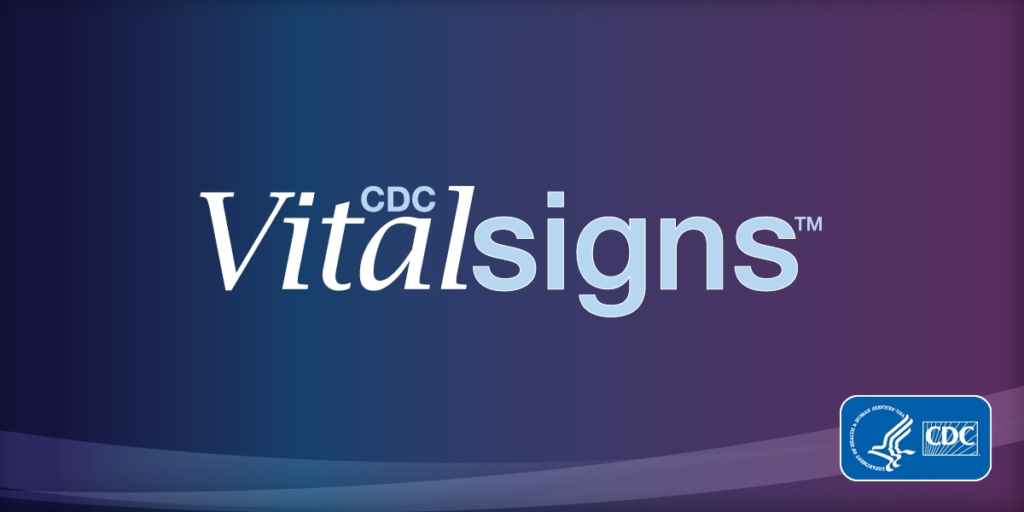Breast cancer kills more than 40,000 women each year in the United States. Although breast cancer deaths have declined over time, some groups experience more deaths than others. For example, black women, uninsured women, and low-income women are more likely to die from breast cancer. Screening mammograms have been shown to reduce breast cancer deaths by 22%.
Women face challenges in getting mammograms
The more health-related social needs a woman has in her life, the less likely she is to be up-to-date on mammograms to screen for breast cancer. Health-related social needs are adverse social circumstances that can create barriers to a person's health or health care. Examples include social isolation, unemployment, lack of reliable transportation, food and housing insecurity, and the cost of accessing health care. The cost of accessing health care is one of her biggest challenges.
Regular mammography can detect breast cancer early
Regular mammograms can help detect breast cancer early and make it easier to treat. As currently recommended by the U.S. Preventive Services Task Force, a woman between the ages of 50 and 74 should have a mammogram every two years. The task force is a group of doctors and disease experts who review research on how best to prevent the disease. The group makes recommendations on how doctors can help patients avoid the disease or detect it early. Women ages 40 to 49 should talk to their health care provider about when to start getting mammograms and how often.


